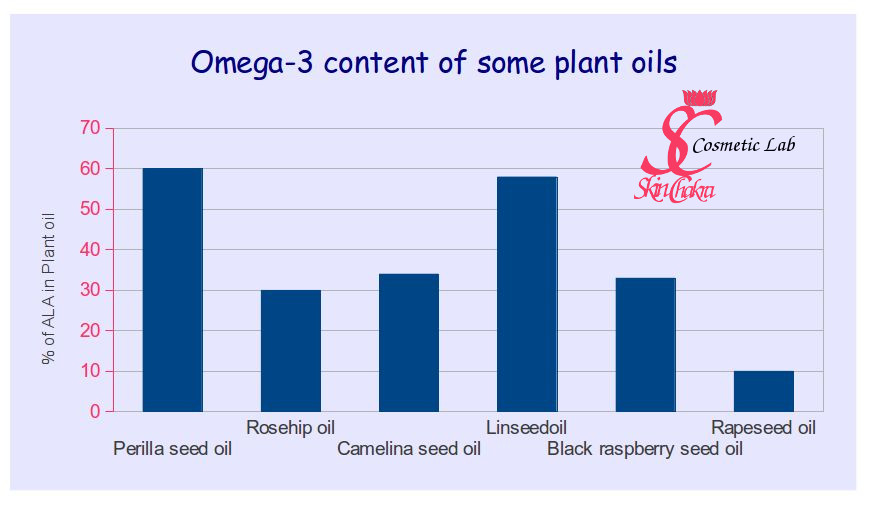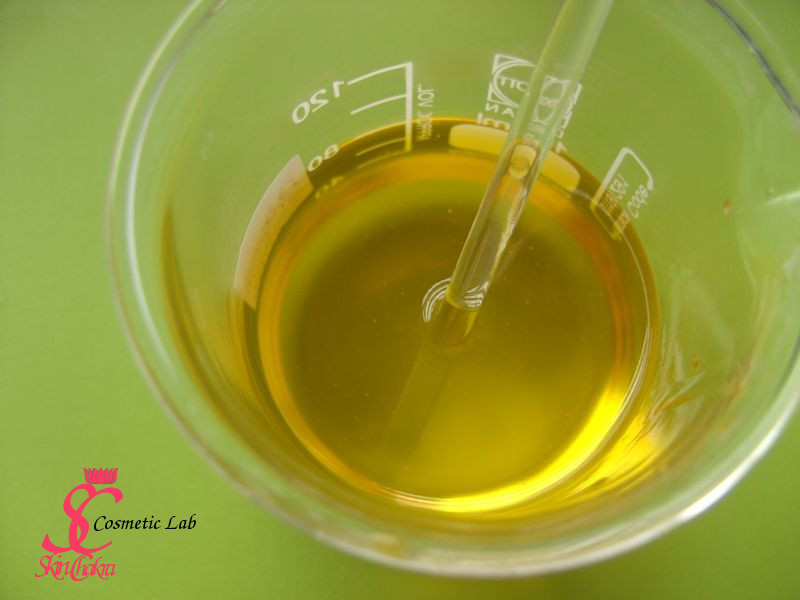Known as Gold of Pleasure, Flase Flax, Wild Flax, German Sesame, linseed dodder, Siberian Oilseed, Camelina sativa has a long history in Europe (more than 3000 years) as a nutritional plant, it was forgotten for along time. Even today it is almost unknown to the majority of European folk and definitely unknown to the rest of the world.
However Camelina sativa is enjoying a renaissance since a few years. It is being cultivated and consumed more and more, specially in eastern and central Europe. The popularity is because of:
Its excellent adaptation to soil and climate and its modest demands on water and fertilizer
The high yield of oil (almost 40%)
The oil being applied as a bio fuel
Camelina Sativa is an annual plant reaching 30 to 90 cm. The oil derived from the seeds (extracted by cold or hot process depending on the application) has a light golden color and a nut-like scent. The plant belongs to the Brassicaceae family, the same family as mustard and canola oil.
The plant was originally cultivated as a nutritional plant, the oil being used in the kitchen and the byproducts after the oil extraction were used as animal feed (chicken, pig, cattle, rabbit etc.).Today a big part of the oil is being processed into bio fuel as a green source of energy.

The oil has an unusually high amount of ecosenoic acid (C20:1) (10-18%), about 20% oleic acid, 16-25% linoleic acid and 33-42% omega-3 acid (alpha-linolenic). Because of high content of Tocopherol (about 100 ppm vitamin E) and other antioxidants, camelina oil has a good oxidative stability.
It is applied as a cooking and salad oil with a neutral to pleasant taste. However the most important and interesting aspect of Camelina oil (at least from a cosmetic point of view) is its similarity to sperm whale oil (high amount of ecosenoic acid). This is why the oil is replacing sperm whale oil as a sustainable replacement.
Camelina oil has an excellent skin feel. It could be named as well a vanishing oil because it absorbs immediately to skin without leaving any unpleasant greasy feel. Because of the relatively low viscosity and excellent spreadability, it could be applied directly and in a pure form as a massage oil or as an skin and hair care oil, from head to toe on the letter.

Having high amounts of omega-3: (alpha-linolenic acid), the oil has added values as a culinary oil, as a nutritional supplement and as an anti-inflammatory oil in cosmetics and skin care. Apply it pure to damaged and inflamed skin (after a sunbath, shaving, depillating etc.) in pure form or add 1-2 drops of Patchouli, Lavender or Geranium oil per table spoon of camelina oil and enjoy the excellent skin feel and the immediate improvement of the skin condition.
In soaps, you can apply Camelina oil between 10-30%. In creams and lotions it could be up to 100% of your oil constituent. Apart from creams and soaps it is applicable in bath oils and melts, body melts, lip balms, shower butters and almost all other cosmetics and toiletries.
INCI Name CAMELINA SATIVA SEED OIL
Iodine value: 145-170
Saponification value: 180-195
BeHappy and have fun
